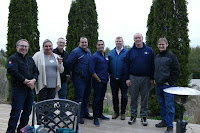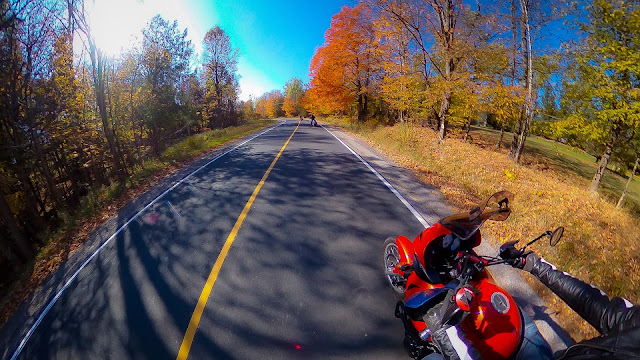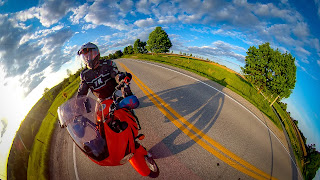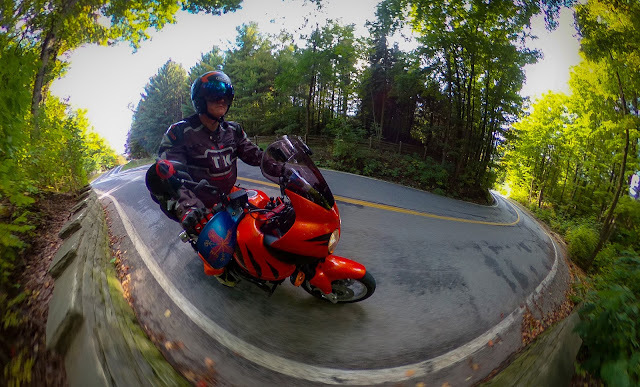At ECOO last year, digital footprints were the focus of many sessions. The concern revolved around students (and teachers) showing anything of themselves online. The fear was clear and present, as was the suggestion that we MUST craft a meaningful online presence. Many were surprised at this year’s conference when our keynote speaker talked about how digitization has gone beyond self presentation and become interactive as a means of self improvement. Tech doesn’t want to be passive, it wants to interact with us, become a part of us!
At the Educational Computing Organization of Ontario’s conference this week we had Nora Young from CBC Spark talking about how digitization and the proliferation of data is creating a kind of self awareness that is entirely new. She used examples of bio-metric tools and productivity time assessment software to present examples of this digital mirror.
This is a world that our students are immersed in 18 out of every 24 hours (when school is in session) – and it leaks into classrooms constantly on smartphones. Trying to address that tide by telliing students to bring their own devices, or go on generic, years behind the times school computers is one of the many places you can see education failing.
Words like relevance and engagement are thrown around in panic. People start flipping class rooms and attempting to engage students by offering the same un-directed over empowerment that kids receive through digital devices; that’s an arms race that no one wins. The resulting habitual usage at best offers minimum educational gains, at worst it actually impedes student abilities in other areas. If you’ve ever watched a digital serf mindlessly copy an essay from the internet to submit, you’re watching undirected digital empowerment in action.
Where Nora was talking about a kind of enhanced self awareness through digital tools, many ‘digital natives’ are blissfully unaware of how public their digital presence is, or where their data goes. It’s merely a part of their lives, and they don’t think twice about posting material that makes them unemployable because in their minds it is the equivalent of talking to friends. They haven’t thought twice about publicity settings, it doesn’t occur to them.
On top of that, the data that they might use to become more efficient, or digitally empower their learning, or self-organize are often out of reach because students, as digital natives, are unaware of anything but their self-taught habitual usage. We certainly aren’t doing much to address habitual usage in schools (a digital continuum would be a start), even going to far as to encourage it with BYO-device BYO-technology initiatives.
It’s a nice idea to imagine digital tools offering us data that helps to make us better people (Wired did a cool article on this a while back). The digerati will do this to great effect, once again empowering themselves in ways that Luddites will lack. As a teacher my concern is that the digital native is as incapable of grasping these tools as the tech-hater. It takes technological fluency to grasp these kinds of digital self-awareness opportunities. Unless we’re developing those fluencies, this is just another 21st Century opportunity lost to on our students.





















































































































